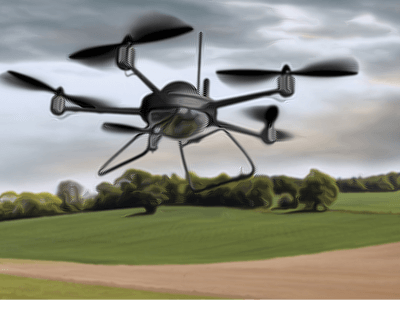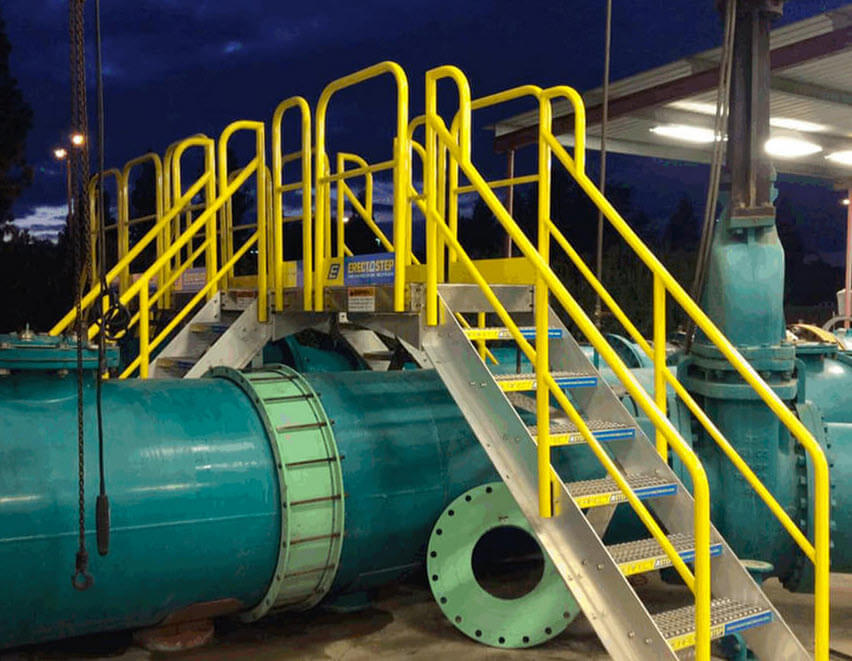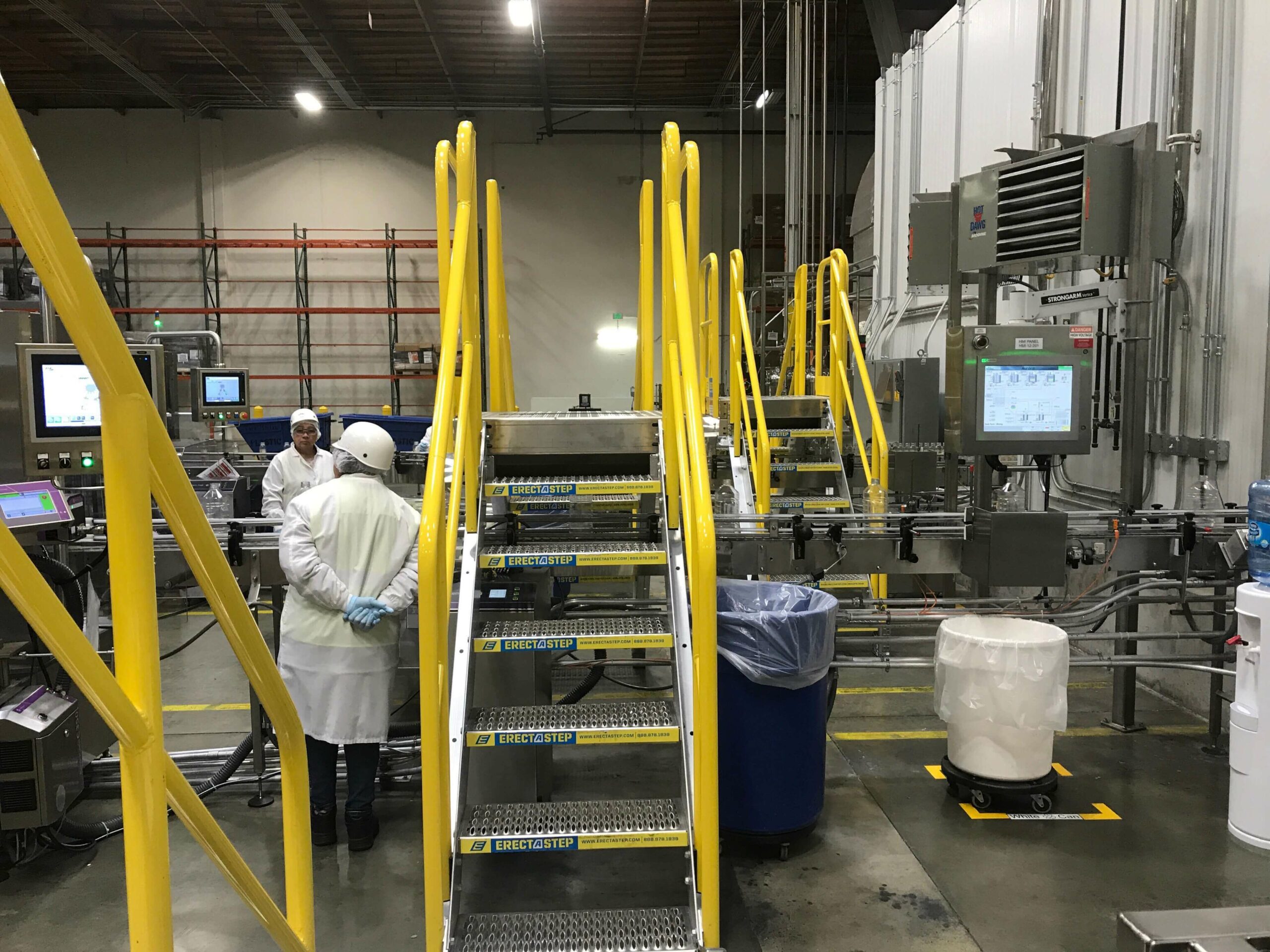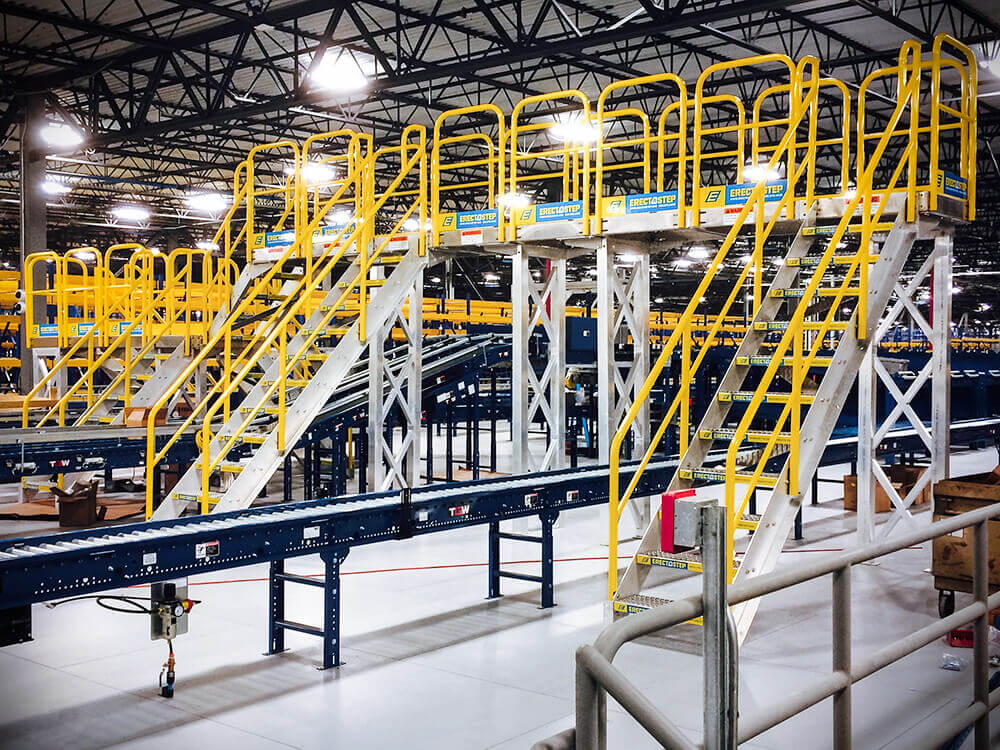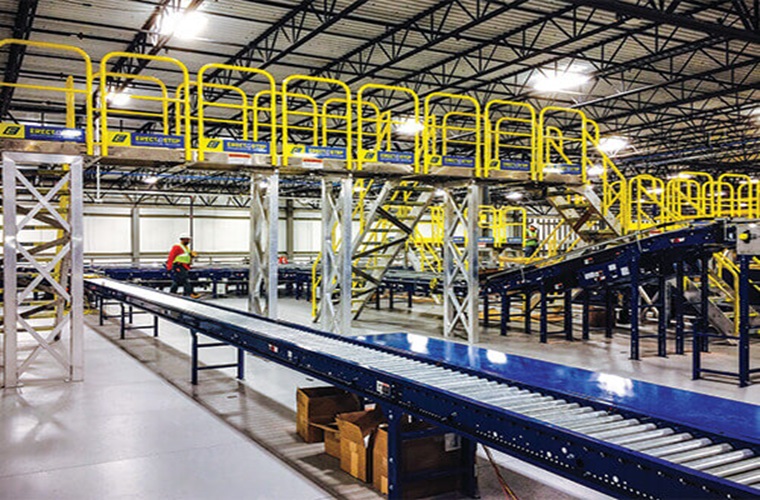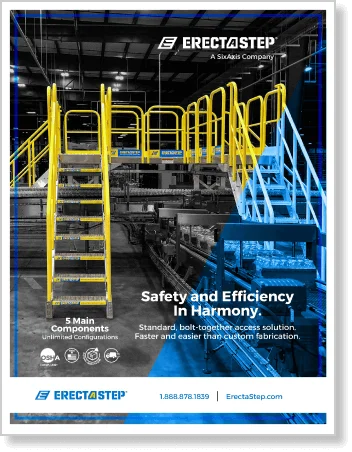For all the negative news about privacy and safety issues concerning camera-equipped drones (a.k.a. Unmanned Aerial Vehicles or UAVs), there are a number of positive potential applications for drones in improving workplace safety.
Drones can hover over places either too dangerous or difficult for a worker to go. They can also save lives by monitoring workplace conditions in challenging areas where workers must go. For example, UK Engineering and construction firm Balfour Beatty is exploring the use of drones to inspect roadways. Drones could inspect the roadway and reduce the safety risk to workers who have to walk along busy roads and medians.
Drones in Manufacturing Plants
Drones could significantly reduce safety risk and help EHS teams better protect workers in higher risk and elevated work areas. Consider all the areas in a plant, where a drone can go much easier than a worker and with far less risk. A camera-equipped drone could first conduct reconnaissance, sending images of the conditions before sending in a worker.
Plant reliability and maintenance teams could substantially benefit from drones. Think of the potential to boost to OEE and improved allocation of lean maintenance resources if a drone were to conduct cursory equipment inspection. Sending images back to plant engineering and maintenance teams, the drone could help them identify issues up front that may lead to a breakdown.
Johnson Controls suggests the use of UAVs to help facilities managers enhance safety and improve efficiency. They suggest the use of drones to prevent workplace accidents and injuries. For example, given the already widespread use of robotics in plants, it’s entirely possible to produce aerial versions, which conduct activities that are high-risk to human safety such as welding or drilling at heights.
Drones Give Safety Inspectors a Broader View
The use of drones for safety inspection is becoming a consideration in many industries from utilities to construction. In 2012, the ITcon Journal of Information Technology in Construction published “Usability Assessment of Drone Technology As Safety Inspection Tools.” The experiment found that a camera-equipped drone used with an iPad provided safety managers a view of the worksite that was equally as accurate as if they had plain view of the jobsite. Using drones, safety managers were able to remotely see the entire jobsite without having to walk through it. Though the study uncovered several areas for improvement, such as a more collaborative user interface, it validated the use of drones for safety inspections on construction worksites.
What’s next for drones in the workplace?
The U.S. Federal Aviation Administration (FAA) is expected to finalize rules legalizing drones for commercial purposes by September 2015. In the meantime, the technology continues to advance and so does the potential for its use in the workplace.
Drones can improve workplace safety by reducing some human intervention. For those workspaces where humans need access, there’s ErectaStep. Learn how you can elevate safety and productivity in elevated work areas. Call +1 (888) 878-1839 today for a free estimate.
